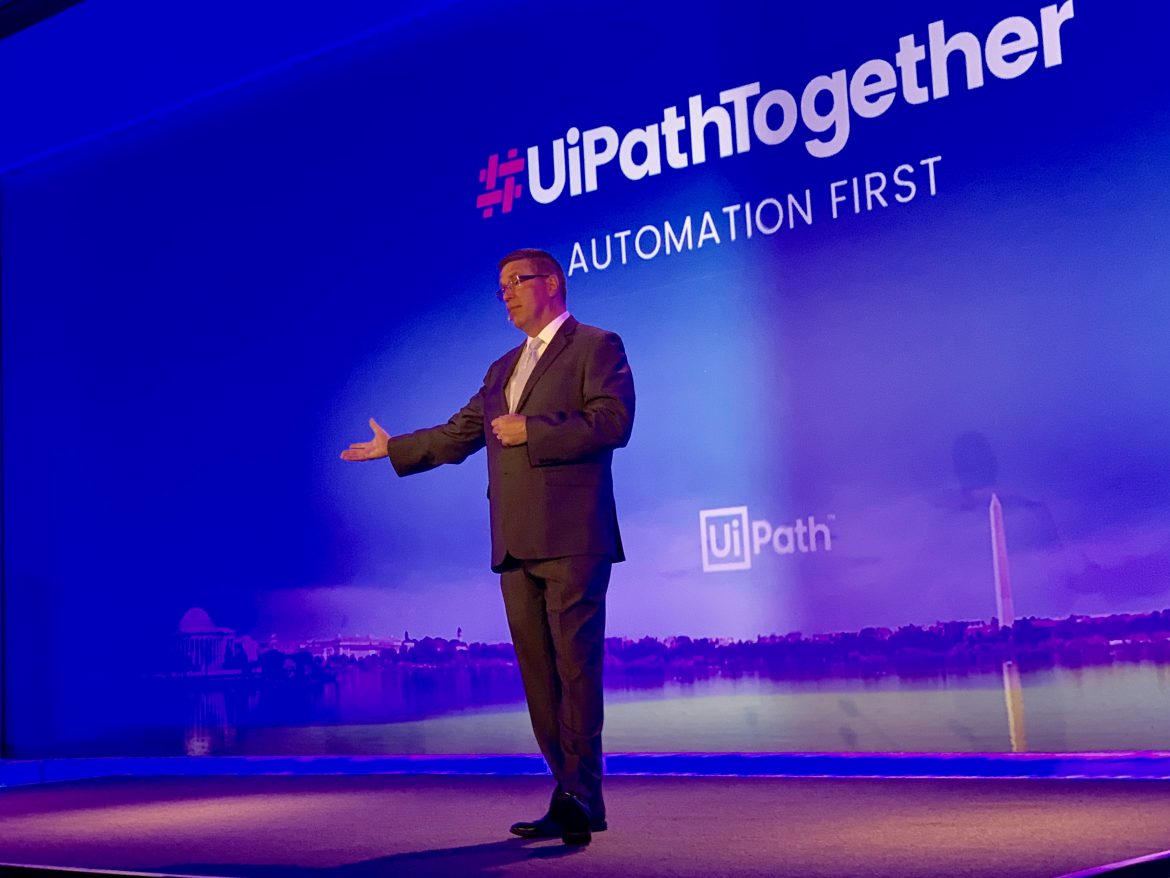
Last month, I had the chance to attend UIPath Together in Washington, DC. UIPath is a company that makes robotic process automation (RPA) software – a software that uses defined task routines to complete repetitive tasks. Like any other automation, you define the steps required to complete a task and combine that with variables that change based on the job run to do work. The difference between RPA tools and say a PowerShell routine is that the RPA acts like your employee – logs into an interactive desktop session and completes the work just like a human would – doing the same steps repetitively based on the job definition.
Being set in DC, the event had a Federal government focus but even though the speakers were government agencies, it was pretty clear that RPA has a universal value proposition of replacing rote and mundane tasks in workers days with robots that can do the same tasks, freeing your employees to do higher value tasks.
One observation is that RPA software is complimentary to all of the other applications that you already have in your portfolio. It doesn’t really compete with any existing software and because of the nature and design of RPA software, it leverages your current applications no matter where they live. RPA jobs can be leveraged against your on-premises systems and infrastructure, against your cloud deployed applications and against third party applications – anywhere, anytime.
The robot doesn’t have worker laws dictating the maximum number of hours and conditions under which it works. The robot can work 24 hours a day and 7 days a week without rest, if the job queue has enough work to keep it busy.
RPA jobs can also be setup to mimic the user interaction of a user, meaning there are few limitations to this software. Unlike API-based automations, RPA can be setup to interact with websites that lack API’s or interfaces of any kind. The robot launches and interacts with a webpage in a very similar way to a real user.
User accounts and permissions for robots are also setup like real users, with the key difference being the amount of permissible time that we are able to work that ’employee.’

